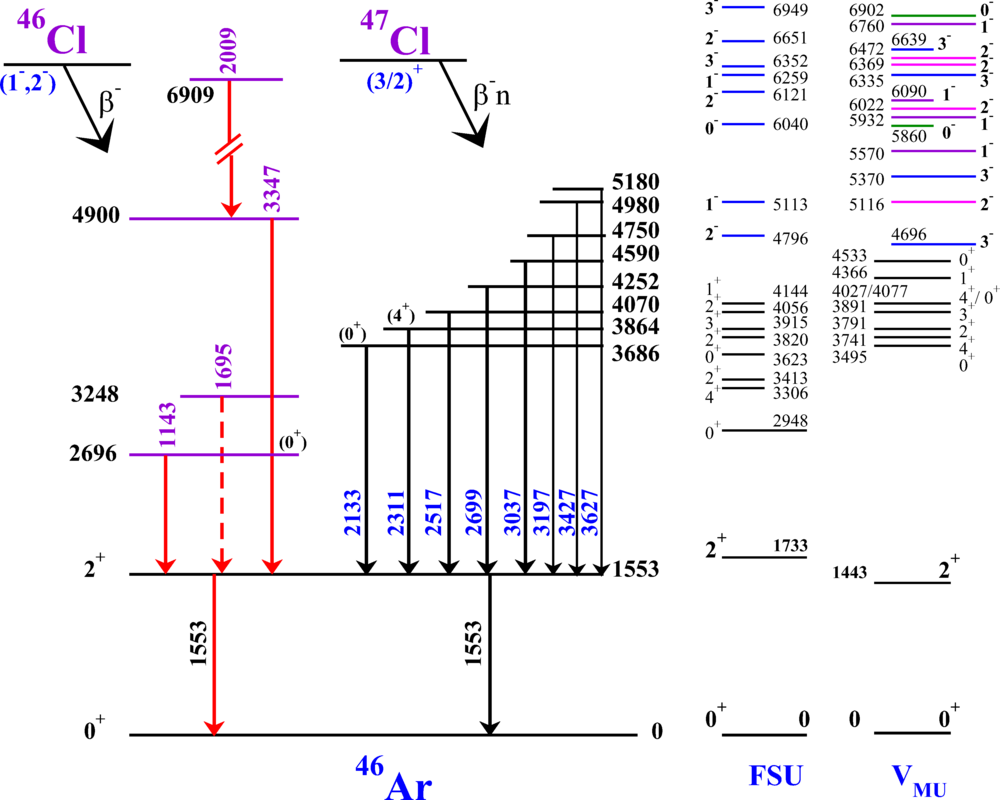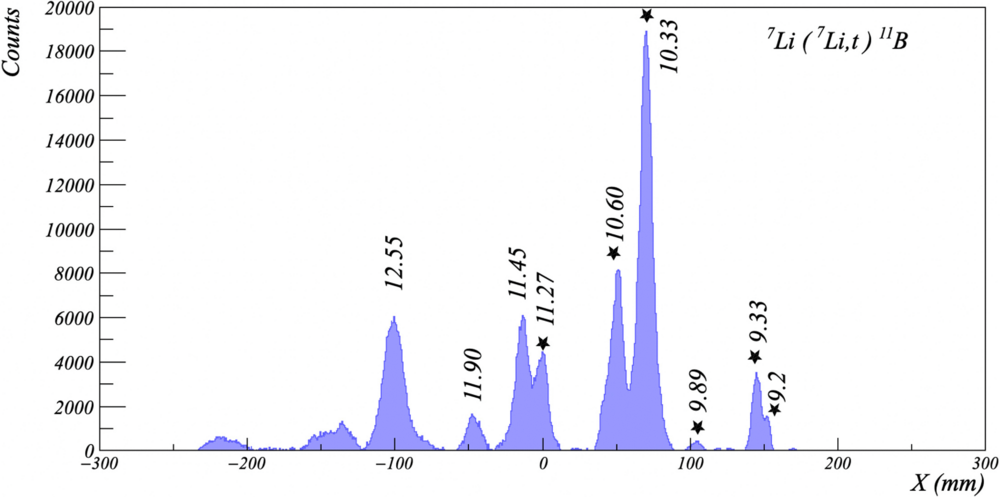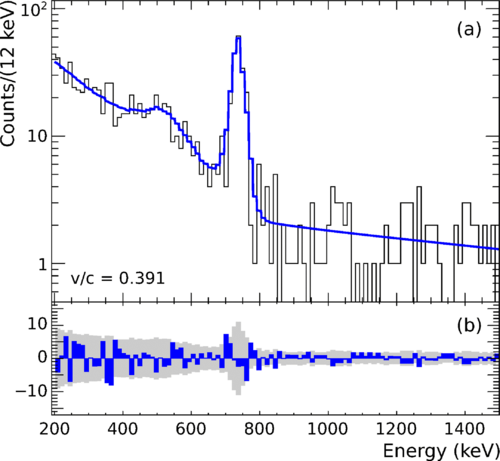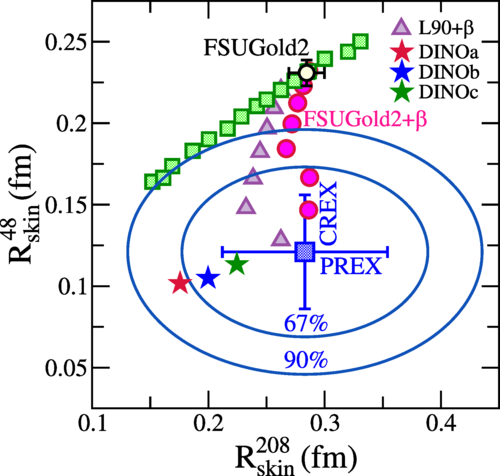Studying Atomic Nuclei while Reaching for the Stars
Exploring the synergy between nuclear physics and astrophysics has always been a core mission of nuclear science. Florida State University hosts strong groups in experimental and theoretical low-energy nuclear physics, as well as in astrophysics and astronomy, which work synergetically to tackle the open questions at the crossroads of these disciplines. The programs are funded by the Department of Energy (DOE) and the National Science Foundation (NSF). FSU plays a major role in the FRIB Theory Alliance. Besides performing experiments at different national and international facilities, the experimental nuclear physics group runs the John D. Fox Superconducting Linear Accelerator Laboratory located on the FSU campus. Operations of the laboratory are funded through the NSF. The Fox Laboratory is part of the Association for Research with University Nuclear Accelerators (ARUNA) and of the Center for Excellence in Nuclear Training and University-Based Research (CENTAUR).
Graduate Studies in Nuclear Structure and Nuclear Astrophysics
Become a part of our team. Exciting research projects are waiting for you. To find out more, contact our faculty (see Personnel → Faculty). To apply as a gradudate student in the Physics Program at Florida State University, click here.
FSU graduates talk about their graduate-research experience at the Fox Lab.
Dr. Maria Anastasiou (Supervisor: I. Wiedenhöver)
Dr. Kalisa Villafana (Supervisor: M. Riley)
Featured Research
Recent News and Highlights
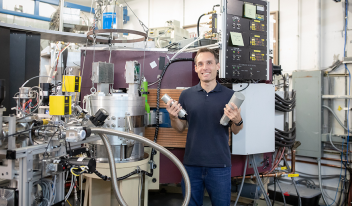
NSF MRI funding for CeBrA
Professors Lewis A. Riley from Ursinus College, Andrea Richard from Ohio University, and Mark-Christoph Spieker from Florida State University have received a $721,072 Major Research Instrumentation grant from the U.S. National Science Foundation to complete the Cerium Bromide Array (CeBrA) for particle-gamma coincidence experiments at the FSU SE-SPS of the John D. Fox Laboratory. The grant allows the team to add nine additional CeBr3 detectors to the current array of five, paving the way for selective nuclear-structure experiments and collaborative physics research with other institutions. Follow the links to read the announcements by Ursinus College and Florida State University.
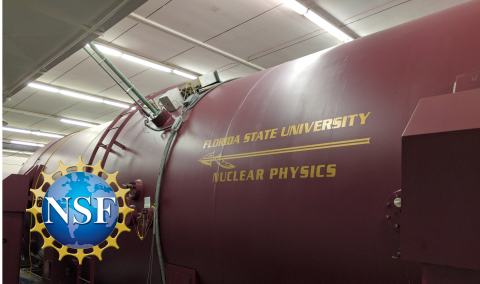
Fox Lab awarded $9M grant by NSF
The Fox Laboratory has received a USD 9 million grant from the National Science Foundation to continue its cutting-edge research in nuclear physics and nuclear astrophysics. The grant supports the operation of the on-campus John D. Fox Accelerator Laboratory and the research programs of Professors Ingo Wiedenhoever (PI), Sergio Almaraz-Calderon (Co-PI), Paul Cottle (Co-PI), Mark-Christoph Spieker (Co-PI), Samuel Tabor (Co-PI), and Vandana Tripathi (Co-PI). The award abstract and information can be found here.
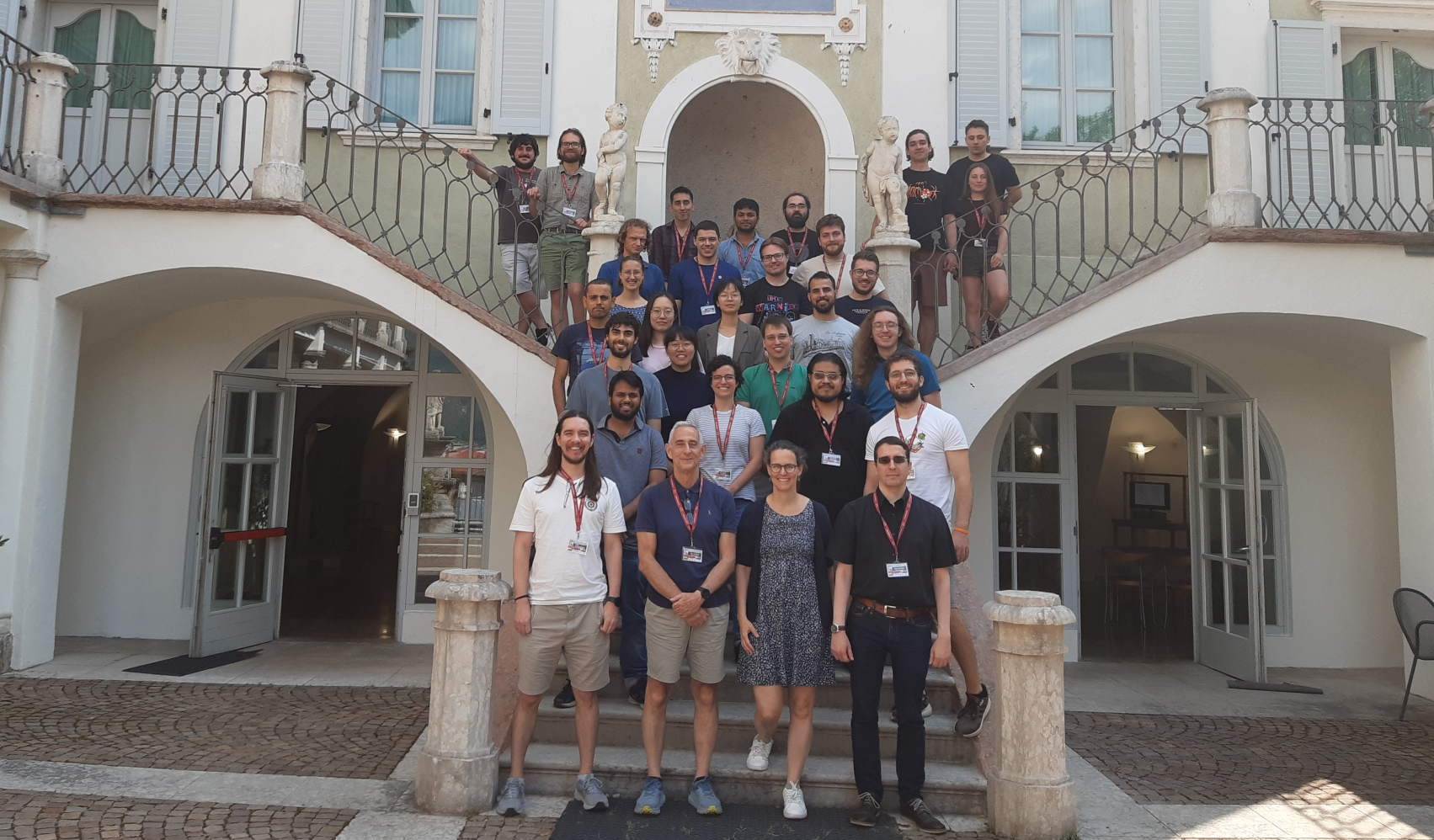
Piekarewicz co-organizes Talent School at ECT*
The DTP/TALENT 2024 School on Nuclear Theory for Astrophysics took place from July 15 to August 2, 2024 at the ECT* in Trento, Italy. FSU professor Jorge Piekarewicz was one of the main organizers and lecturers. The goal of the school was to provide the attendees with high level training on nuclear physics and nuclear astrophysics from various perspectives that include the Equation of State (EOS), neutron star mergers, and supernovae – and their combined impact in spearheading the brand new era of multi-messenger astronomy. In addition to Professor Piekarewicz, Almudena Arcones, Bruno Giacomazzo, as well as other experts in the various fields of relevance to the school were among the key lecturers. For more information, click here.
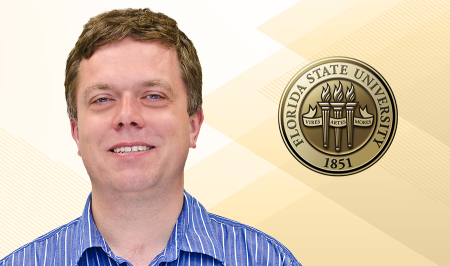
Wiedenhoever named Distinguished Research Professor
Florida State University has bestowed the title of Distinguished Research Professor on four outstanding faculty members for their exemplary research productivity and contributions to their fields. "Outstanding national and international scholarly output and creativity is a cornerstone of a thriving research enterprise," said Vice President for Research Stacey S. Patterson. "I am thrilled to be able to recognize four individuals as Distinguished Research Professors this year who model exceptional performance and extraordinary contributions to their fields." The Distinguished Research Professor award recognizes outstanding research and/or creative activity of eligible Florida State University faculty currently at the rank of full professor. Among the four 2024 recipients of the Distinguished Research Professor Award is Fox Laboratory Director Professor Ingo Wiedenhoever. Congratulations! Read more here.
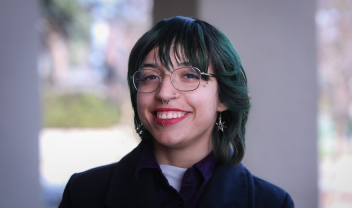
Fox Lab student selected for student highlight
The FSU College of Arts and Sciences has selected Ana Pereira, a third year undergraduate in the Department of Physics, for a student highlight. Ana works with Professor Tripathi on an undergraduate research project on induced fission. Ana has presented their findings at FSU's 2024 Undergraduate Research Symposium and during the 2024 President’s Showcase of Undergraduate Research Excellence. Read more about Ana's spotlight interview and their participation in the 2024 President’s Showcase.
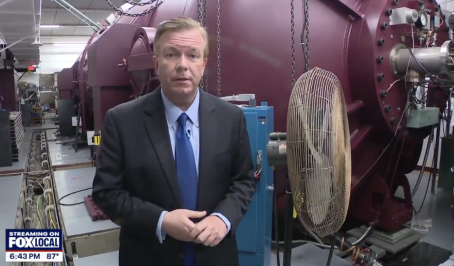
Fox Lab feature on Fox13 Tampa Bay
Professors Almaraz-Calderon, Cottle, and Wiedenhoever recently talked with "breakthroughs in science" host Craig Patrick for his segment on Fox13 Tampa Bay. The feature, which also mentions the planned collaboration with Mayo Clinic to develop improved methods of treating cancer, can be found here.
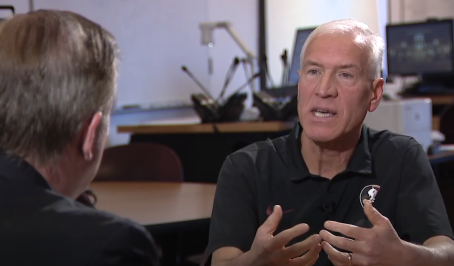
Cottle on Florida's STEM education
Paul Cottle was interviewed by 20-time Emmy winner Craig Patrick of Tampa Bay's Fox 13 for his show "Money, Power and Politics" about Florida's shortcomings in preparing high school students for college STEM majors, including physics, engineering and computing. The segment was broadcast in March 2024 and can be found on YouTube. Cottle was also invited by the Palm Beach County School District (the nation's tenth largest school district with about 200,000 students) to speak to high school students about how to best prepare for college majors in STEM fields, including physics, engineering and computing. Professor Cottle spoke to a live audience at John I. Leonard High School and reached many more through the district's live stream of the talk to high schools throughout Palm Beach County on March 14, 2024, which is available on YouTube.
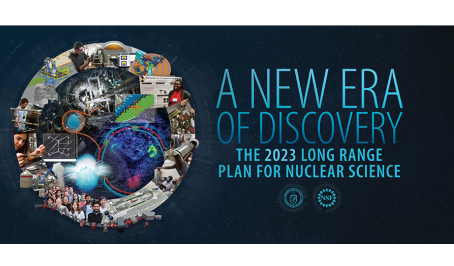
New Long Range Plan for Nuclear Science
The United States Nuclear Science Advisory Committee (NSAC) released "A New Era of Discovery: The 2023 Long Range Plan for Nuclear Science". This new long range plan provides a roadmap for advancing the nation's nuclear science research programs over the next decade. The U.S. Nuclear Science community releases such a plan every 5-8 years highlighting the scientific opportunities of nuclear physics today to maintain world leadership. The document also explores the impact of nuclear science on other fields and applications of the research that benefit society. Science opportunities at the ARUNA laboratories, to which the Fox Lab belongs, were prominently featured.
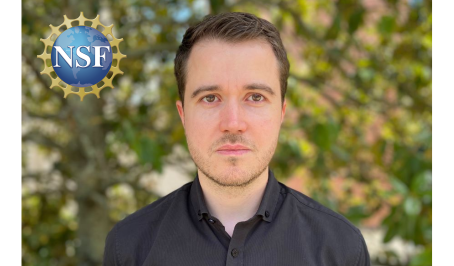
Dr. Fossez receives NSF CAREER Award
Dr. Kevin Fossez has earned one of the most prestigious awards available to early career faculty members for his work in theoretical nuclear physics. He is a recipient of a 2023 Faculty Early Career Development Award, or CAREER Award, from the National Science Foundation for his work investigating how to better predict properties of new combinations of protons and neutrons at the limits of nuclear stability. “I am thrilled this award will provide funding for five years to pursue my work within a long-term perspective by building a research group and going deeper into certain problems, like challenging the common understanding of atomic nuclei by producing isotopes with a fleeting existence,” Fossez said. “It is also recognition that my work is valued by the scientific community, which is always appreciated.” Read more in this feature article.
